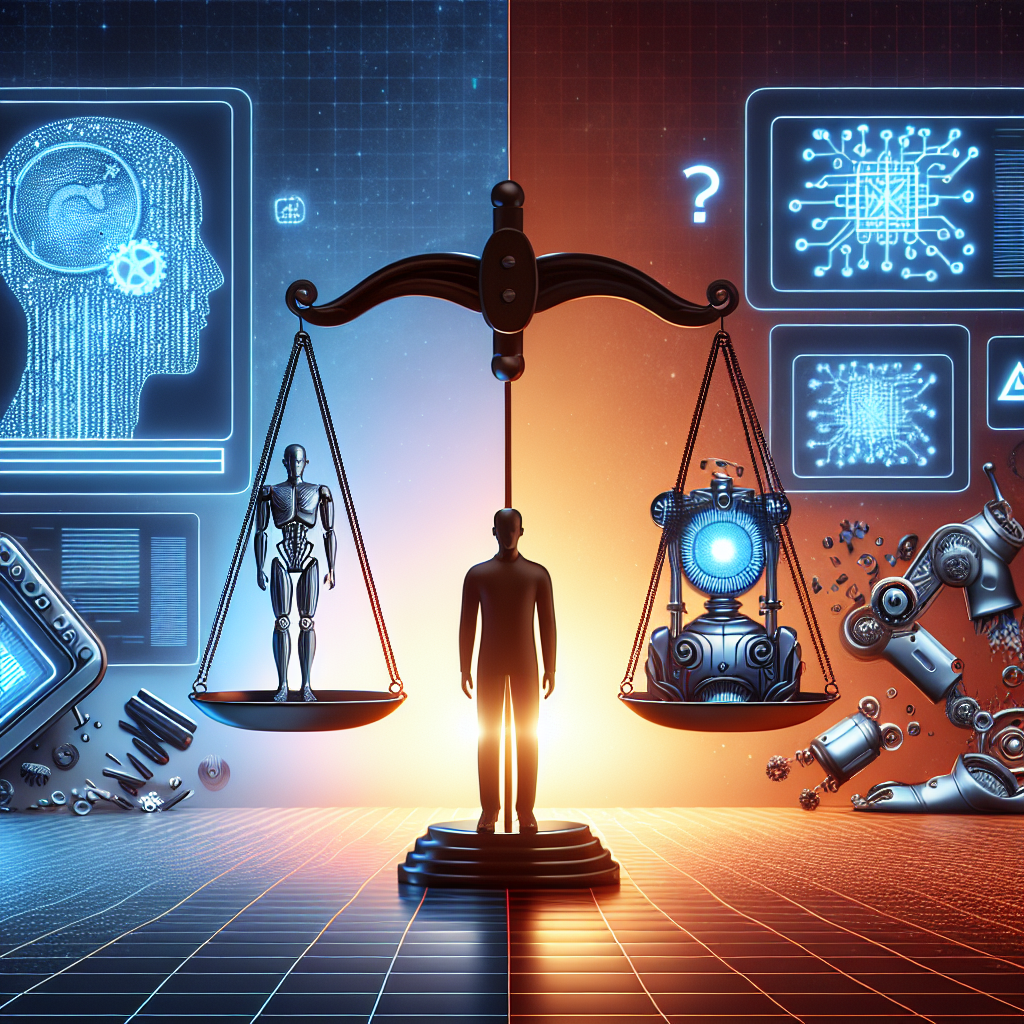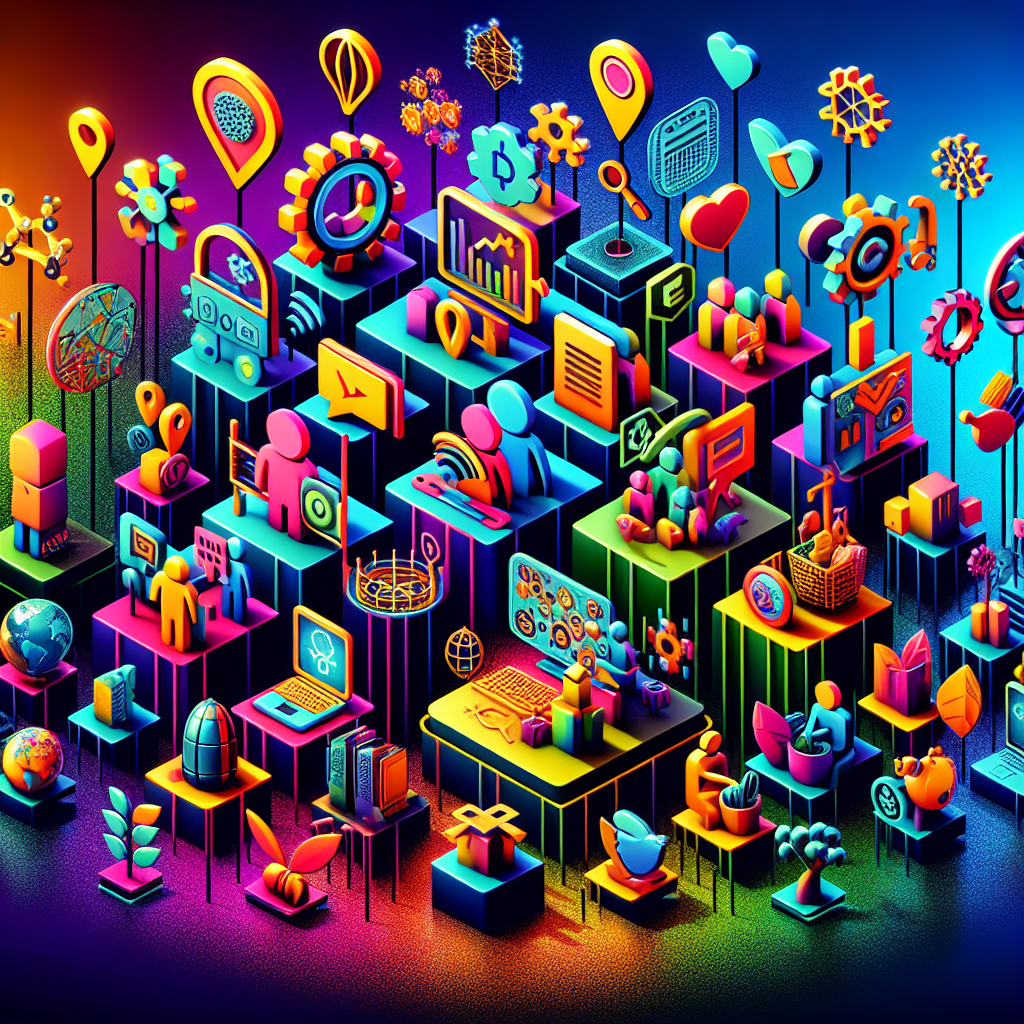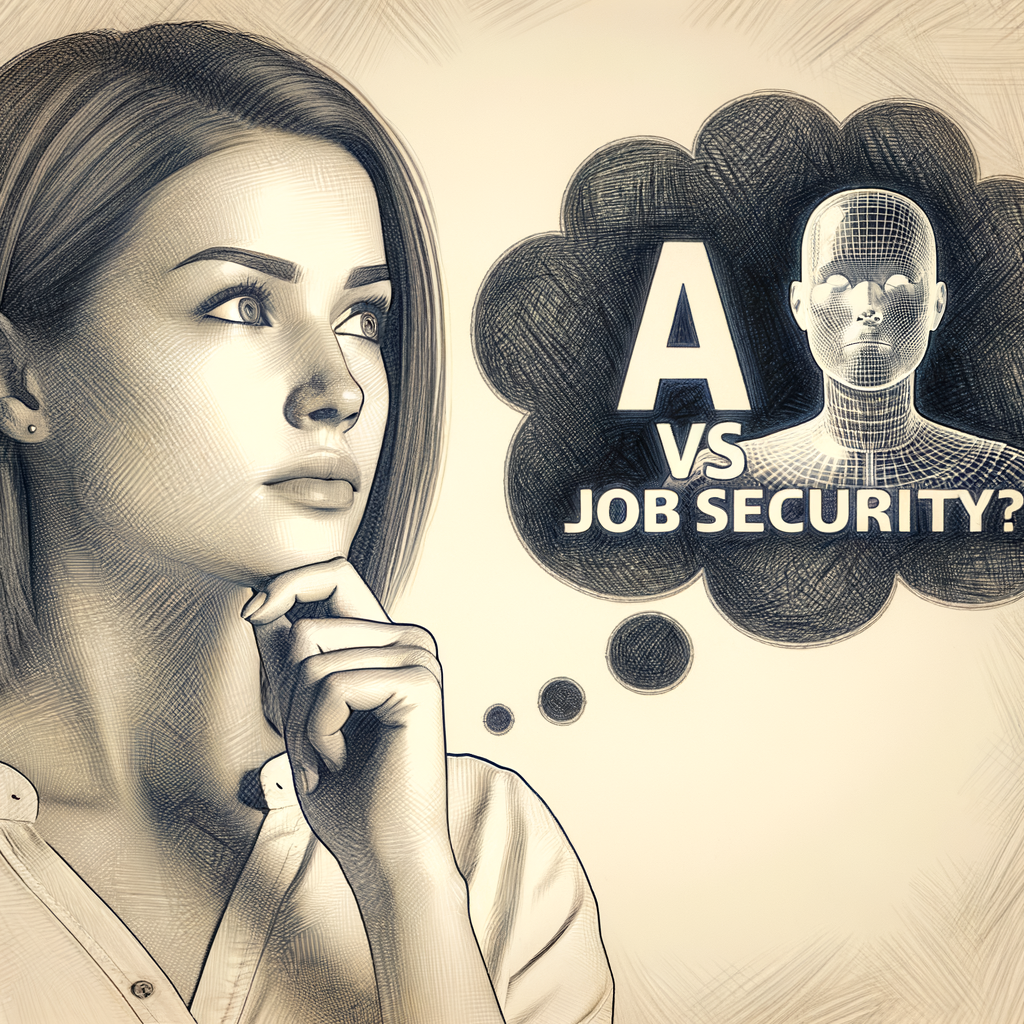
In today’s rapidly evolving digital landscape, Generative AI is gaining widespread attention for its transformative capabilities across various industries. From creating content to automating complex tasks, this advanced form of artificial intelligence has the potential to revolutionize how businesses operate. However, with this innovation comes growing concern: Will Generative AI threaten job security? In this article, we’ll explore the risks and impacts of Generative AI on the workforce, while addressing how industries can adapt.
What is Generative AI?
Generative AI refers to algorithms that can generate new content, whether it's text, images, music, or even software code, based on patterns learned from existing data. Unlike traditional AI models that rely solely on rule-based tasks, Generative AI can create novel outputs. Some well-known examples include GPT models for text generation and GANs (Generative Adversarial Networks) for image creation.
How Generative AI is Transforming Workplaces
Generative AI is driving significant changes across industries by automating tasks that once required human intervention. In fields like content creation, graphic design, software development, and customer service, Generative AI is proving to be a valuable tool, enhancing productivity and efficiency. For instance, AI-powered writing tools are helping companies produce high-quality content faster, while AI-driven chatbots handle customer interactions, freeing up human employees for more complex tasks.
Will Generative AI Replace Human Jobs?
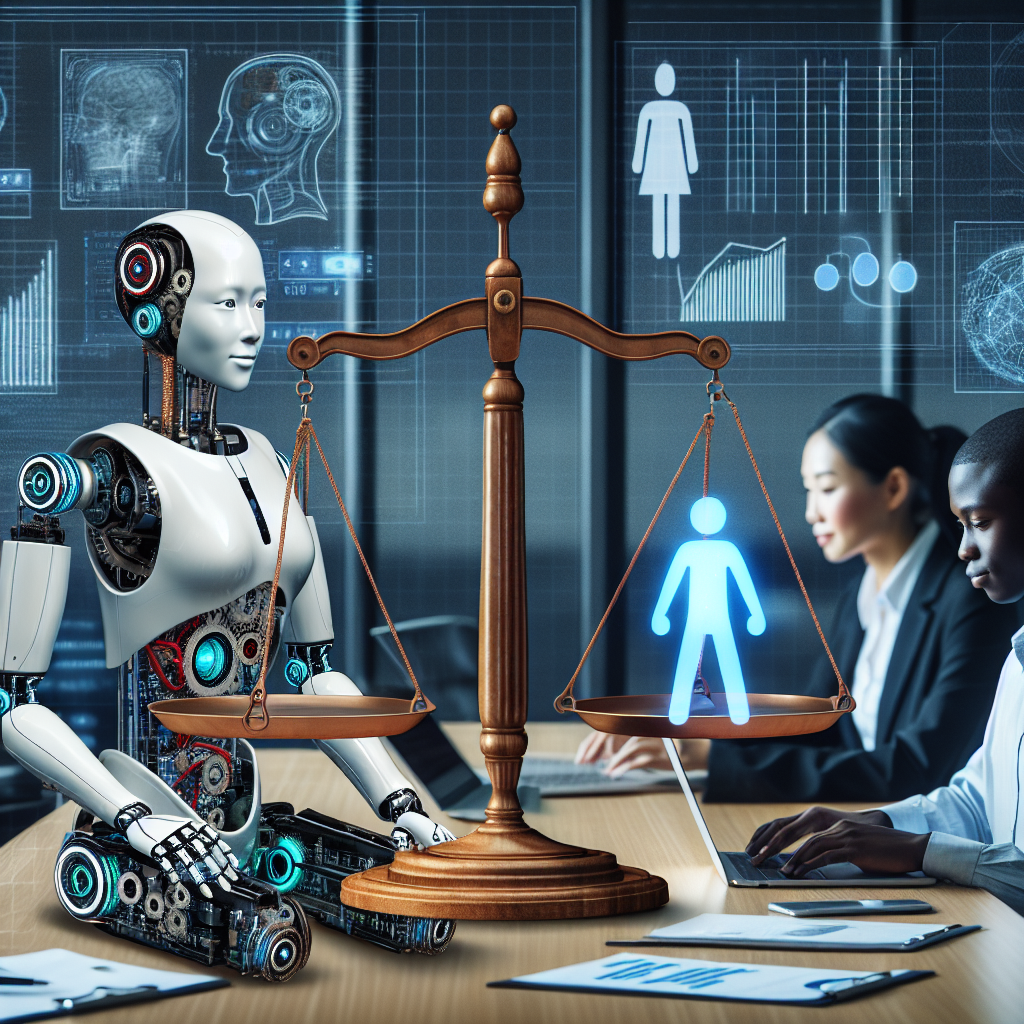
While Generative AI can automate certain tasks, the question remains whether it will replace human jobs entirely. Historically, technological advancements have always led to changes in the job market. The Industrial Revolution, for example, automated many manual tasks, but it also created new jobs in engineering, manufacturing, and services. Similarly, Generative AI may lead to some job displacement, but it is also likely to create new roles that require skills in AI management, data analysis, and creativity.
1. Jobs Most at Risk from Generative AI
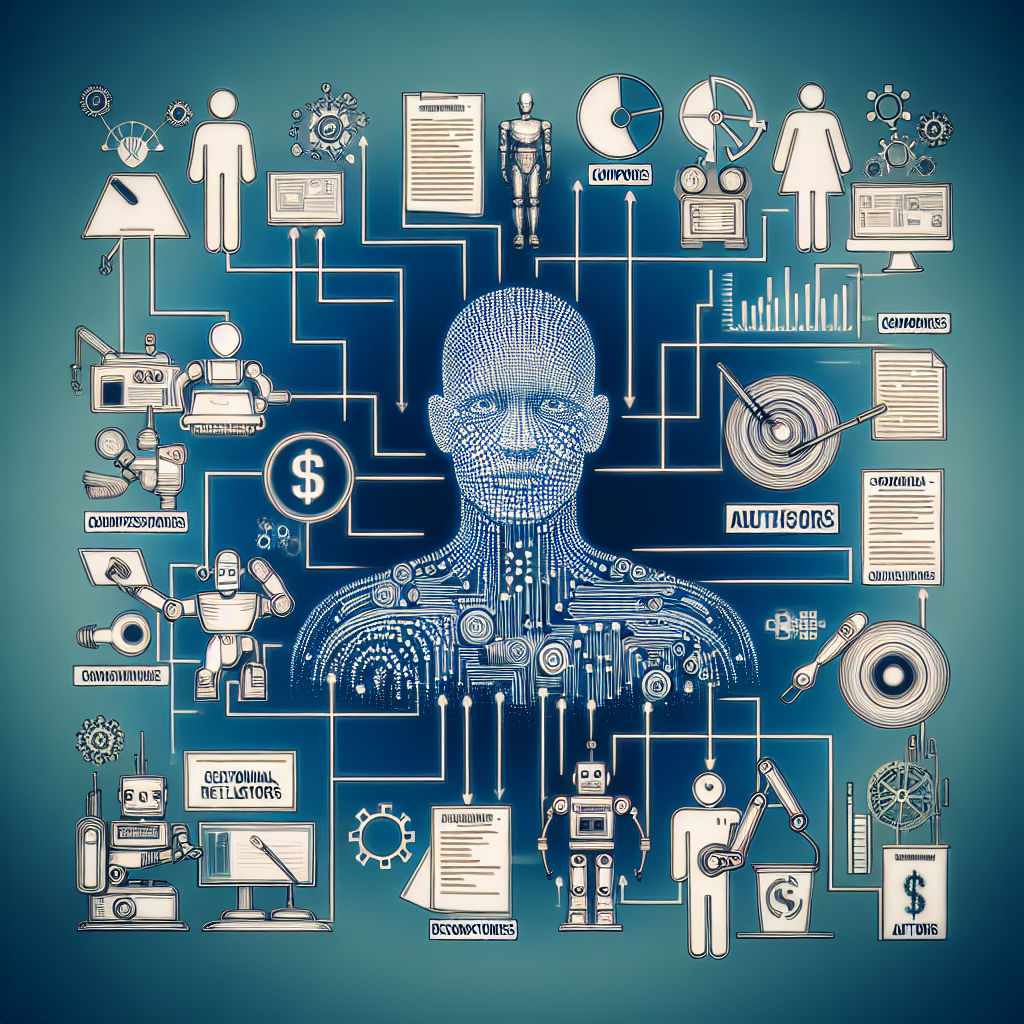
Certain roles are more vulnerable to automation than others. These include jobs that are highly repetitive, data-driven, or rule-based. Some of the roles most at risk from Generative AI include:
- Data Entry Clerks: As Generative AI can process and generate large datasets, the need for manual data entry is diminishing.
- Content Writers and Copywriters: Automated writing tools are now capable of producing basic articles, blogs, and reports.
- Customer Support Agents: AI-driven chatbots are increasingly managing customer queries and support tickets, reducing the need for human agents.
2. The Rise of AI-Augmented Jobs
On the other hand, Generative AI is also creating a demand for jobs that involve working alongside AI systems. Rather than replacing human workers, AI augments their capabilities, allowing them to focus on more strategic, creative, and high-value tasks. Some examples of AI-augmented roles include:
- AI Trainers: Professionals who train AI models by providing data, refining algorithms, and ensuring that AI systems align with human values.
- AI Ethics Consultants: Experts who oversee the ethical deployment of AI technologies, ensuring compliance with privacy laws and preventing bias.
- Creative AI Managers: Individuals who collaborate with AI systems to generate content, music, art, or marketing strategies, adding human creativity to AI outputs.
The Impact of Generative AI on the Economy
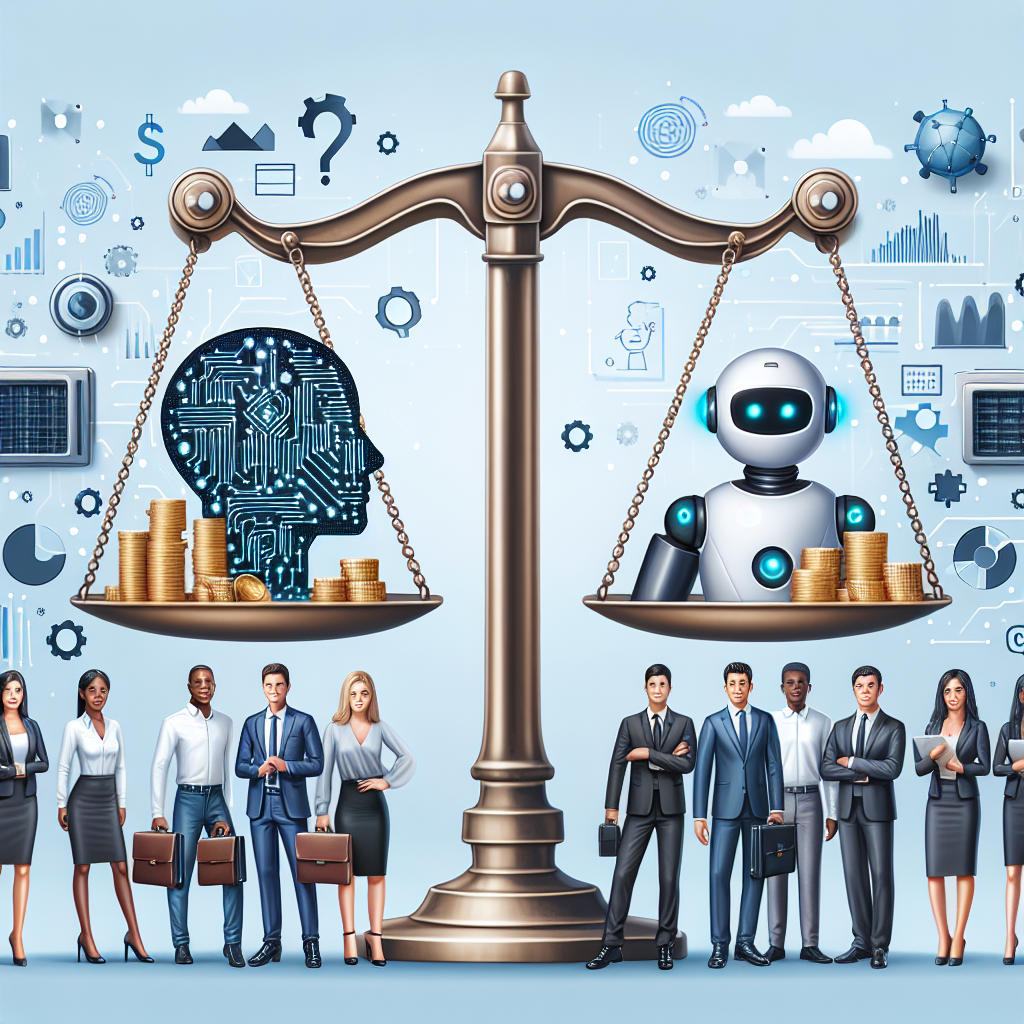
The adoption of Generative AI is expected to impact the economy in several ways. While some job displacement is inevitable, the net economic effect could be positive if industries adapt and workers are reskilled. Here’s how Generative AI may shape the future economy:
1. Increased Productivity and Efficiency
By automating repetitive tasks, Generative AI enables companies to boost productivity and efficiency. For instance, in the manufacturing sector, AI-driven machines can operate 24/7, outperforming human labor in speed and consistency. Similarly, AI-powered content generators can produce high volumes of digital content, reducing the time spent on manual writing.
2. Creation of New Industries and Job Roles
As new technologies emerge, entirely new industries and roles will develop around Generative AI. These roles will focus on areas such as AI system design, maintenance, ethical oversight, and data interpretation. As businesses become more reliant on AI, they will need skilled professionals to manage, monitor, and refine these systems.
3. Challenges in Job Displacement and Reskilling
The main concern around Generative AI is job displacement, particularly for workers in vulnerable sectors. To mitigate this, governments, educational institutions, and businesses must invest in reskilling and upskilling programs. By equipping workers with the skills needed to collaborate with AI systems, the workforce can transition into new roles that require a blend of human expertise and AI assistance.
Mitigating the Risks: Adaptation and Upskilling
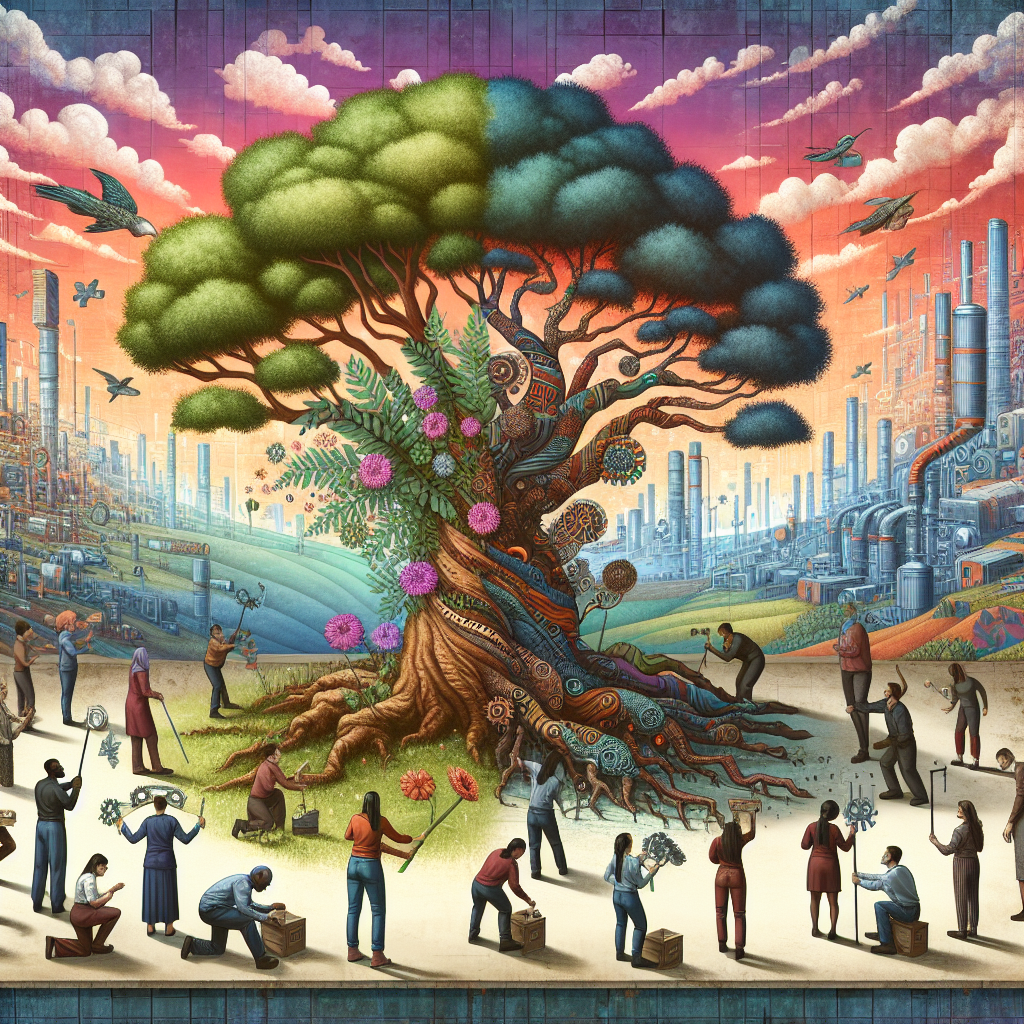
The key to minimizing the risks posed by Generative AI lies in adaptation. Workers and industries must recognize that while certain tasks can be automated, human intelligence, creativity, and emotional insight remain irreplaceable. Here are a few ways industries can adapt to Generative AI:
1. Focus on Upskilling and Lifelong Learning
Organizations must invest in upskilling their workforce to ensure employees are equipped to work alongside AI systems. Lifelong learning and adaptability will become crucial as new technologies continue to evolve. Training programs in data science, AI system management, and human-AI collaboration will be essential in securing job roles in the future.
2. Redefining Roles to Focus on Creativity and Strategy
While Generative AI can automate repetitive tasks, it cannot replace human creativity and strategic thinking. Employers should focus on redefining roles to encourage employees to concentrate on problem-solving, creative ideation, and decision-making—areas where humans excel over AI.
3. Encouraging Collaboration Between AI and Humans
Rather than viewing Generative AI as a threat, organizations should promote human-AI collaboration. This involves developing AI systems that augment human capabilities, allowing employees to focus on higher-level tasks that AI cannot handle alone. For example, in the creative industry, AI can generate content, but humans are needed to refine, guide, and ensure it aligns with strategic goals.
Conclusion: Will Generative AI Eliminate Jobs?
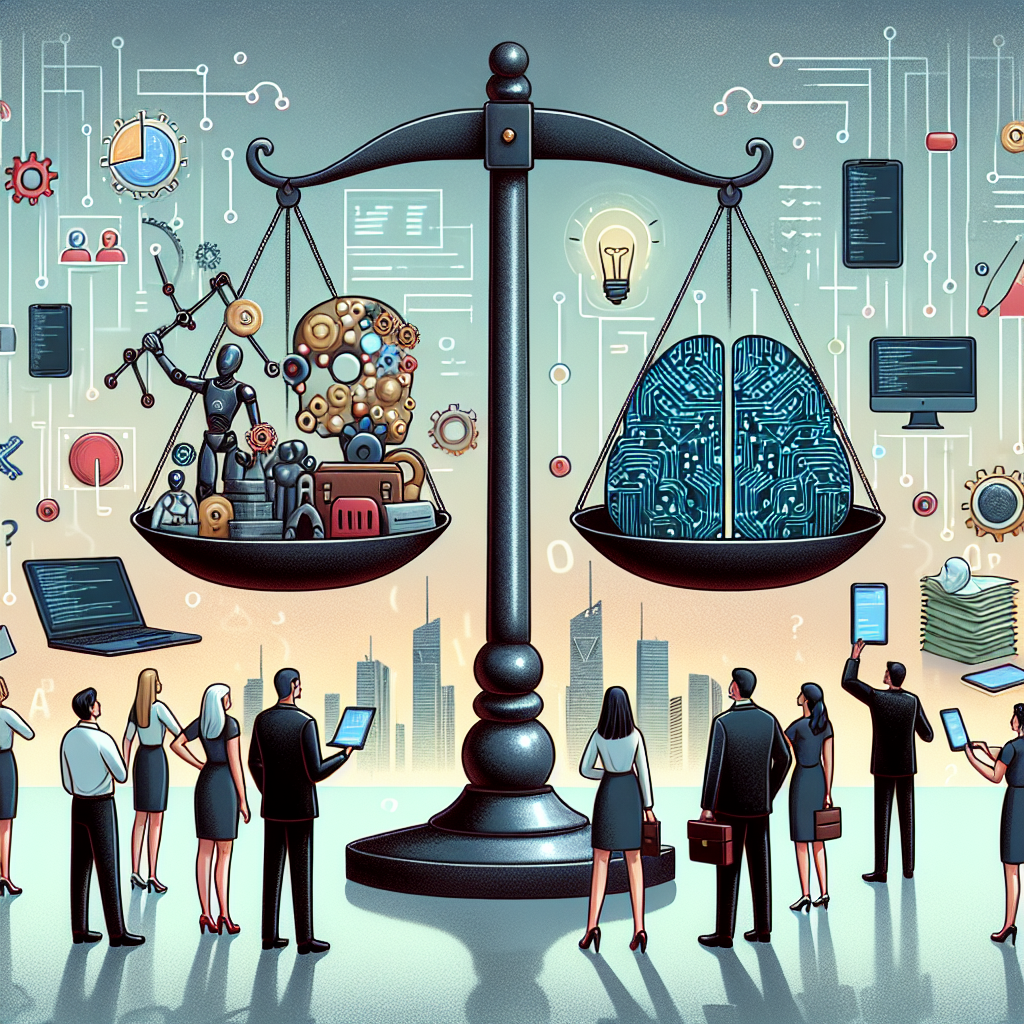
While the rise of Generative AI will inevitably disrupt some job roles, it will also lead to the creation of new opportunities. Jobs that involve repetitive tasks are most at risk, but roles that require creativity, problem-solving, and emotional intelligence will continue to thrive. By investing in reskilling and adapting to AI-driven workflows, industries can mitigate the risks of job displacement and ensure that workers are prepared for the future.
Ultimately, Generative AI should not be viewed solely as a threat but as an opportunity to enhance human capabilities, drive innovation, and transform industries. The future of work will likely involve a balance between AI automation and human expertise, creating a more efficient, dynamic, and collaborative working environment.
Top 5 FAQs
-
Will Generative AI completely replace human jobs?
While Generative AI may replace some jobs that involve repetitive tasks, it is expected to create new roles in AI management, data analysis, and creative fields. The future of work will focus on collaboration between AI and humans. -
What jobs are most at risk from Generative AI?
Jobs involving repetitive tasks, such as data entry, basic content writing, and customer support, are more vulnerable to AI automation. However, new roles in AI ethics, management, and training are emerging. -
How can workers prepare for AI-driven job changes?
Workers can prepare by upskilling in areas such as data science, AI system management, and creative collaboration with AI. Lifelong learning and adaptability will be crucial for staying relevant in the workforce. -
Can AI and humans work together?
Yes, Generative AI is designed to augment human capabilities. In many industries, AI can handle repetitive tasks while humans focus on higher-level decision-making, creativity, and strategy. -
What industries will benefit most from Generative AI?
Generative AI is expected to benefit industries such as healthcare, finance, manufacturing, content creation, and customer service, where AI automation can significantly improve productivity and efficiency.
